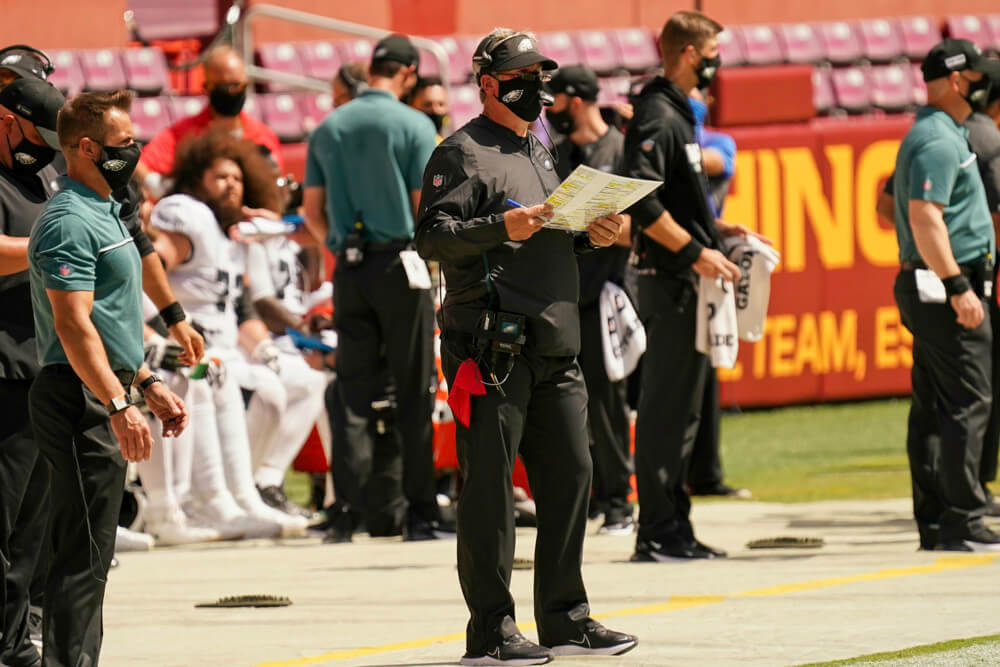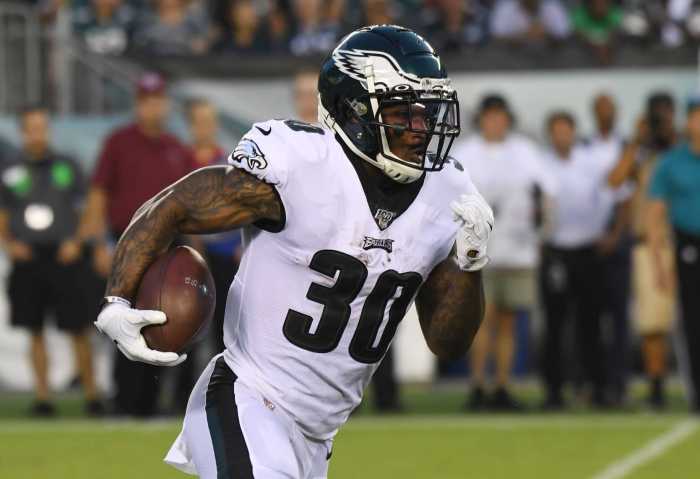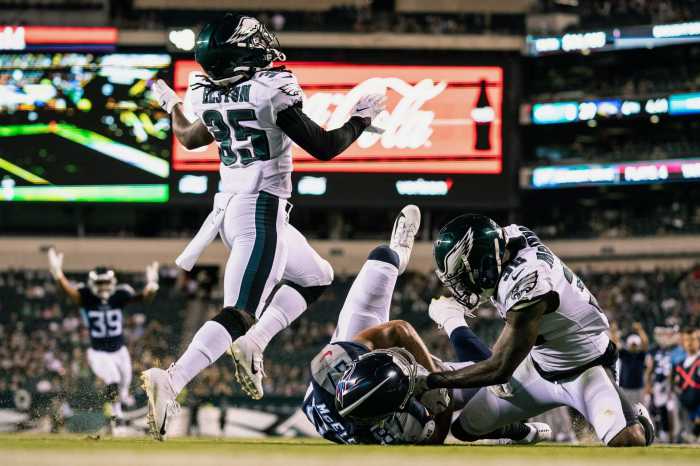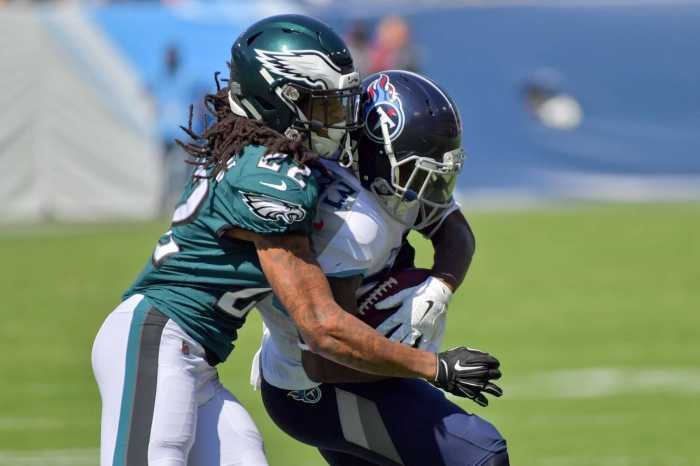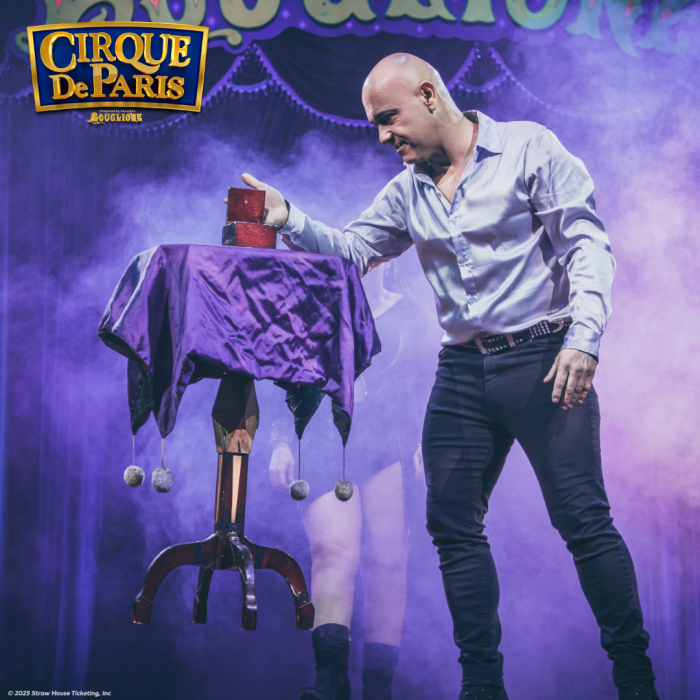The Eagles’ week one loss to the Washington Football Team was deflating for all kinds of reasons. After darting to a 17-0 lead, the Birds collapsed, lead by a dreadful showing by the offensive unit. Individually there were some bright spots — Dallas Goedert’s career game, Jalen Reagor’s first game as an Eagle, and a strong showing by the new-look secondary — however, as a whole, a cloud of doubt cast a long shadow over game one of the new season. While it’s always easy to scrutinize the play on the field, many of the issues that played out on Sunday came from the sideline.
Following a tumultuous 2019 season, the front office decided to overhaul the offensive coaching staff. OC Mike Groh and receivers coach Carson Walsh were shown the door and a hodgepodge of new and old faces were thrown together to make the 2020 staff. The offense was essentially split between the passing game and run game. Former QB Coach Press Taylor was promoted to passing game coordinator, OL Coach Jeff Stoutland was given the reigns of the run game along with new Assistant Head Coach Duce Staley, and Rich Scangarello and Marty Mornhinweg were brought in as senior assistants. Although some exciting names were added to the bunch, it left a lot of those from the outside looking in wondering what it would all look like.
Well, if week one was any indication — just as confusing as you may have thought. Optimistically thought of as a meeting of the minds came across more like a strange collection of parts. Doug Pederson is ultimately responsible for the offense being unprepared to close the game and his fingers are on every inch of this offense. Still, the men brought in to help him construct the game plan are not without blame.
Let’s begin with the run game, which was essentially non-existent in the second half. Corey Clement and Boston Scott are no substitute for Miles Sanders, but neither is Josh Adams. The issue was that the pass game and run game were disjointed. There was an obvious lack of convincing play action; the team went away from RPOs and for some reason, the Eagles kept wanting to run outside zone when they were having measurable success pounding the ball up the middle. A draw, a dive — anything would have helped get momentum back. Clement was able to move the pile on a few occasions and then wasn’t heard from again. This has consistently been a problem for Pederson in the last few years, despite the success the team has had when they prioritize the run.
Theoretically, this is why you bring in senior offensive assistants.
In Denver, Scangarello is known as a savvy play designer. To be fair, there were a lot of cool wrinkles thrown into the Eagles playbook in week 1. Although it appeared simple, Philadelphia included a lot of nuance in their passing game. For example, there were multiple times they had John Hightower or DeSean Jackson run quick screens to keep the corners honest, opening up room behind them (Goedert’s TD). Knowing he would be schemed against, the Birds also used Ertz as a scapegoat to open up a ton of room for Goedert over the middle. It all worked fantastically in the first half.
Nevertheless, Scangarello has routinely been scrutinized for his understanding of the flow of the game. Although there were mixed opinions on his need to be more aggressive, the main issue was that he didn’t adapt. He rarely made in-game adjustments and instead decided to stick to the script. In Denver, his offense fared much better in the first half of games.
That’s why the Birds also gave Pederson mentor “Air Marty” Mornhinweg. A proud subscriber to the West Coast offense, Mornhinweg’s offenses are heavily predicated on timing and rhythm. Although both Pederson and Mornhinweg have had successful rushing offenses, their playbook is structured around the pass. It worked to a tee in the first half. Carson Wentz was hitting his back foot like clockwork and launching the ball like a metronome. What happens then when the timing is off? What happens when the offensive line is a collection of backups and rookies? What happens when the Birds are up 17-0 and simply need to manage the game?
The second half happens. Pederson, Scangrello, and Mornhinweg made no adjustments. The run game fell by the wayside. Carson Wentz, who has historically struggled with his internal clock had no secondary options. There is no need to throw the ball 42 times in a game you lead by 17. If the timing isn’t there, the game plan shouldn’t fall apart. There was no effort to change the launch point, get Wentz on the move and out of the pocket. We can never be sure how much of that was due to the Eagles’ shaky offensive line situation, but with the way, they were playing — isn’t it worth a shot?
With a shortened offseason and limited time in the same room, it makes sense that there are kinks to work through. On paper, Washington was a good place to start the process. Philadelphia will face a much more daunting opponent next week — albeit one they have had success against — and need to find a way to at least appear cohesive. Otherwise, Aaron Donald, Jalen Ramsey, and co. will have a field day against what looked at times to be a very confused Eagles offense.
Photo by Andy Lewis/Icon Sportswire

